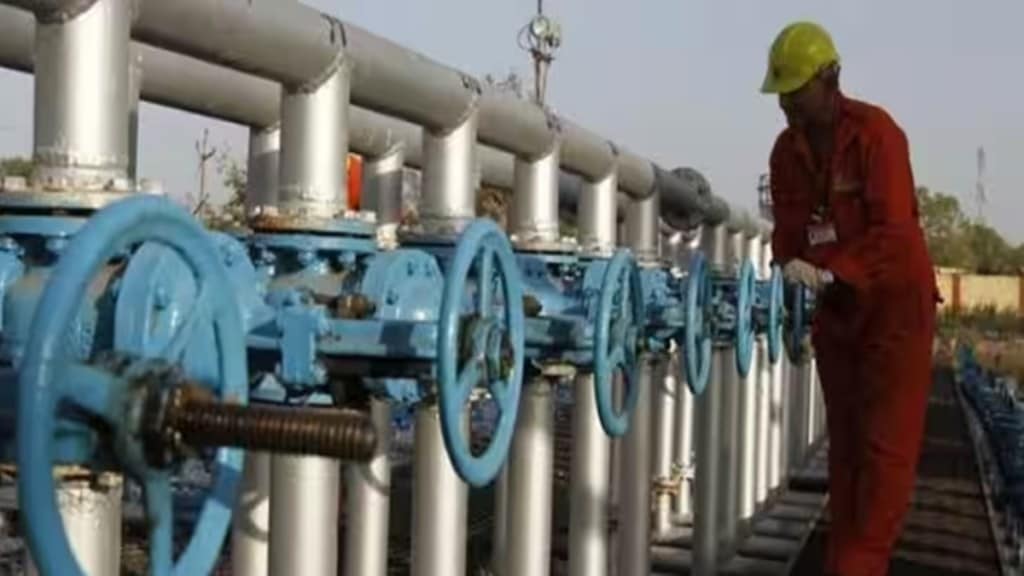Thanks to a decline in global prices of liquefied natural gas (LNG) in the initial months of this fiscal, India’s LNG import bill in the first half of the year fell by nearly 30% on year to $6.6 billion.
In volume terms, analysts see the country’s LNG imports rising this year given the increased demand and the “reasonable prices” of the commodity in the international market.
During the first half of the financial year 2023-2024, imports of LNG rose by over 10% to 15.11 bcm from the 13.68 bcm in the corresponding period last year.
India’s imports of LNG in September rose by 17.5% to 2.27 billion cubic metres (bcm) from the corresponding month last year due to rising consumption in the country, particularly by the fertilizer units, which uses gas feedstock for urea manufacturing. Imports in September were up 2% from the previous month, according to preliminary data from the Petroleum Planning and Analysis Cell.
“As of September 15, the European Union has 12% higher storage than the normal for this time of the year and a number of other LNG projects are coming up globally,” said Prashant Vasisht, senior vice-president, Corporate Ratings, ICRA. “Prices (of LNG) are thus not expected to go very high. At least for the winter, we do not see any rise in prices,” he said.
“The demand for LNG is increasing due to increased consumption in the fertilizer industry and new plants that have come,” Vasisht said. “We have anticipated around 6% increase in LNG imports this year.”
However, concerns remain whether the current trend in LNG prices will sustain owing to the rising geopolitical tensions. If prices rise in the near future, country’s import volume can be affected.
Prices of spot LNG have risen during the past few days due to the escalating conflict in the Middle East and is currently being traded at a level of $14.5 per mmBtu. “If prices of LNG see a further sudden jump, it can affect India’s volume of import in the second half of the current financial year,” Vasisht said.
Further, the country produced 30.27 bcm of natural gas in September this year, up by 6.1% from the corresponding period last year. During April-September, the production rose by 4% to 178.79 bcm from the corresponding period last year.
Country’s consumption of natural gas for the month of September rose 11% to 52.54 bcm from 46.68 bcm in September 2022. “The cumulative consumption of 326.14 bcm for the current financial year till September 2023 was higher by 6.6% compared with the corresponding period of the previous year,” the report said.
Meanwhile, the total capacity of the country’s existing LNG terminals was at 47.4 million tonne per annum, PPAC said.
According to the report, Adani and TotalEnergies started supplying natural gas to the grid from their Dhamra LNG import facility based in Odisha in April.
The LNG terminal at Dhamra operated at 24% capacity. Petronet LNG terminal at Dahej operated at 94.3% capacity while Shell’s LNG terminal at Hazira operated at just 39.2% capacity during April-September period, according to PPAC.
